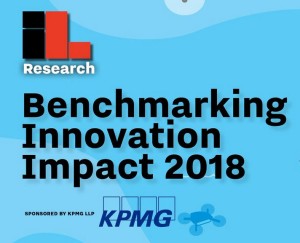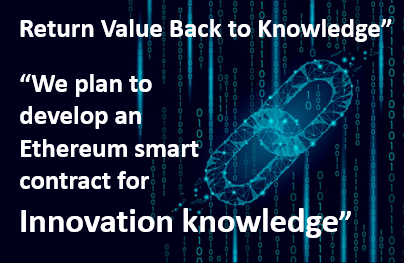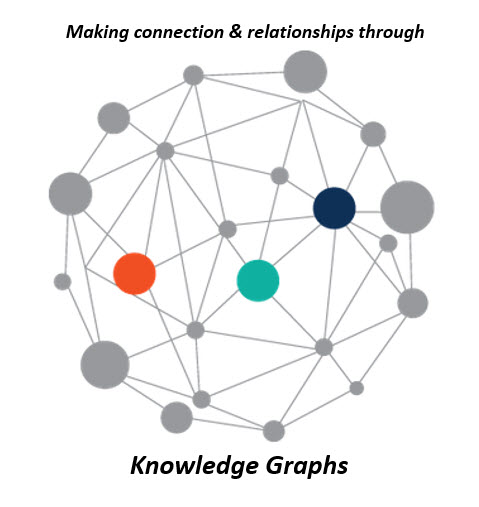
Ecosystems can offer so much connecting innovating value out there to ‘form’ around.
We are witnessing a very radical change, driven by technology, increasingly disrupting and breaking down past traditional boundaries, partly built to defend positions so as to achieve economic scale.
There is a new economic logic to building even greater scale, it involves greater complexity, yet its value proposition is to strive towards offering greater customer experience and satisfaction, where the solutions are valued highly in social and economic value.
Ones that get closer to their connected expectations and daily needs for solutions to solve, in far better ways, than what is presently offered.
Innovative design has become paramount to these new offerings.
Ecosystem design will create new business opportunities. We need to make the business case




